The UK has some of the safest roads in the world, but we’ve all seen driving of a standard that we don’t think is acceptable. Things like cutting in and out of traffic, tailgating and so on. If there are no police around to see such behaviour, you may be minded to report the driver to the authorities. But how to report dangerous driving?
In this guide, we’re going to explain everything you need to know so you can report a dangerous driver the next time you see one. We’ll go over exactly what dangerous driving is and which authorities to contact. Plus, we’ll cover what to do if you think someone is unfit to drive for any reason.
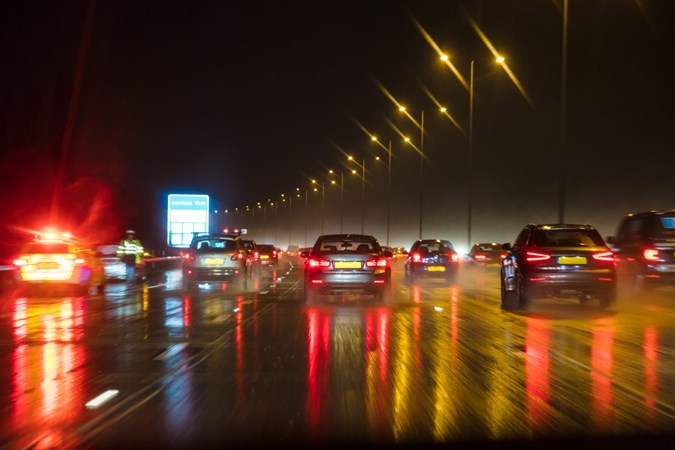
What is dangerous driving?
The legal definition of dangerous driving, as set out by the UK’s Crown Prosecution Service is ‘driving [that] falls far below the standard expected of a competent and careful driver and it would be obvious that driving in that way would be dangerous.’
So, what does dangerous driving look like? It’s any driving behaviour that actively puts other road users at risk. For instance, pulling out right in front of another vehicle, forcing it to brake or swerve. Or ‘brake testing’ the vehicle behind. Or going through a crossing when there are pedestrians on it.
There’s also a lesser offence of careless driving or anti-social driving, also known as driving without due care and attention. This is when driving falls below the expected standard, but not in a dangerous way. Examples of careless driving include tailgating, lane hogging, going too fast around a roundabout and deliberately spinning the car’s wheels.
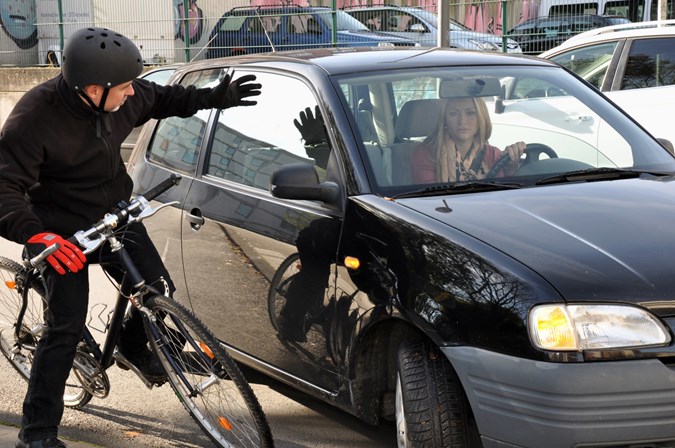
Many offences that come under careless driving can become dangerous if the behaviour starts to put other road users at risk – for instance looking at your phone or satnav rather than the road for a long time.
When should I report dangerous driving?
Anything you can do to help keep the roads safe is valuable. But it’s entirely understandable to feel reluctant about reporting someone for dangerous driving. We’re all capable of momentary lapses of judgement that could meet the definition of dangerous driving, after all. Is it really fair to report someone for a mere lapse of judgement?
Well, the truth of the matter is that most dangerous drivers are persistent offenders. If you see someone driving dangerously and observe their behaviour while the vehicle is still in sight, you’ll almost certainly see them commit several more offences. It’s also possible that the driver is committing other offences such driving without a valid license or insurance.

And even if the dangerous behaviour was just a momentary lapse, the prospect of being prosecuted for it can refocus a driver’s attention. They’ll become more careful and considerate for it.
How do I report dangerous driving?
You can call the police at any time while observing dangerous driving, or after the event. If you’re driving yourself, do not pick up your phone to dial 999. You may be able to access your phone’s keypad through the car’s infotainment system or use the voice controls to dial the number. If you have passengers, ask one to dial 999 for you.
Use the car’s Bluetooth system or speaker phone to talk to the police – don’t hold your phone to your ear. If that’s not possible, pull over in a safe place or wait until you get home. Don’t do anything dangerous yourself in trying to catch a dangerous driver.
Give as much detail about the car being driven dangerously as you can including its make, model, colour and any part of the registration number you saw. Also give at least a rough idea the location and time of the incident, and the direction the car was heading in.
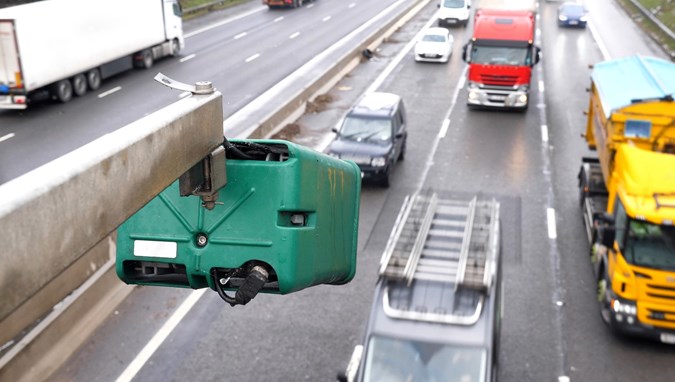
Those details will be entered into the police’s computer system and, in all likelihood, the car in question will be spotted by an automatic number plate recognition (ANPR) camera. At that point, a patrol car may be sent out to intercept it.
The police won’t just rely on your report to bring a prosecution. CCTV coverage of the UK’s major roads is so comprehensive that they may be able to trace the car’s journey and the footage could reveal other incidents of dangerous driving.
You can also submit a report about a dangerous driving incident after the fact over the phone – using the 101 non-emergency number – or online. You’ll need the same details as described above.
Can I submit dashcam footage of a dangerous driver?
Yes, you can. Indeed, dashcam footage can be a vital piece of evidence in the successful prosecution of a dangerous driver.
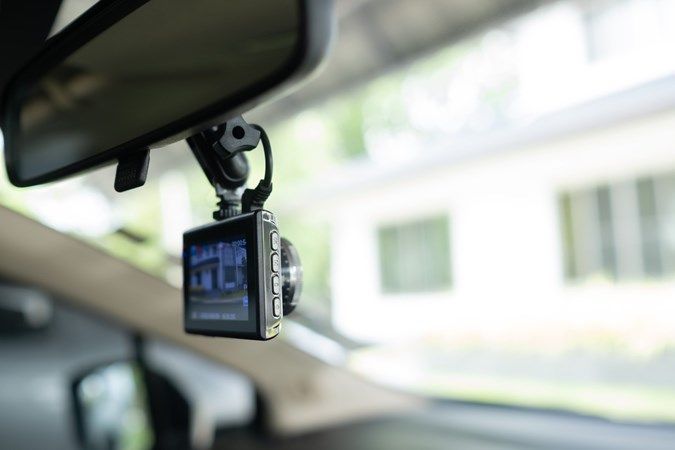
The police have a dedicated service for submitting dashcam footage, called Operation Snap. Each police force has a dedicated Operation Snap website – make your submission to the force that covers the area the incident took place in.
There’s a quite lengthy form to fill out with all the details of the incident; you then upload the footage files at the bottom.
If you’re unsure how to extract the footage from your dashcam, consult its manual or search online. Dashcam manufacturer Nextbase allows you to send footage to the police from its website.
How do I report an unfit driver?
It’s possible to report someone who you believe is likely to drive dangerously because they’re in an unfit state to do so. They may be about to drink drive or on drugs, or have taken medication that impairs their ability to drive safely. It may not seem entirely fair to report them as unfit to drive, but by doing so you could prevent them – and other road users – coming to harm. But how to report dangerous driving before it happens?
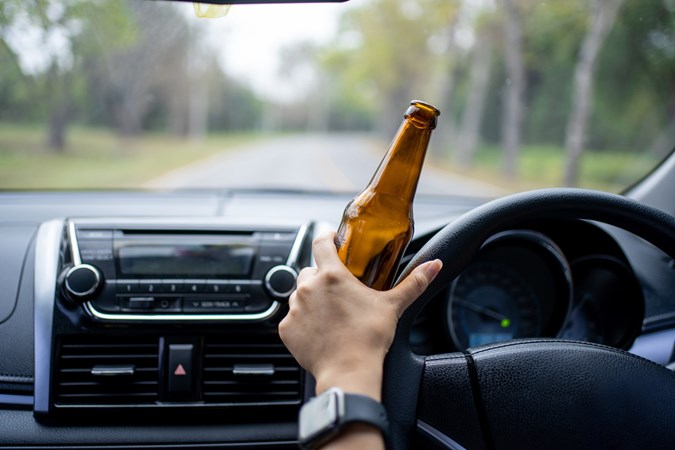
If the person in question has yet to get into their car, call 101, explain what the situation is and give your location. If the person has already got into their car, call 999 and give as much information as you can about them, their car and where they may be heading.
Can I report an unfit driver on medical grounds?
Sufferers of a long list of medical conditions and disabilities are excluded from driving by the Driver and Vehicle Licensing Authority (DVLA). That’s because their condition could leave them physically unable to drive, or it might manifest in a way that would be dangerous to themselves and other road users.
Of course, people who are born with excluding conditions are never able to get a driving license in the first place. But if the condition develops after they get a driving license, it must be declared to DVLA.
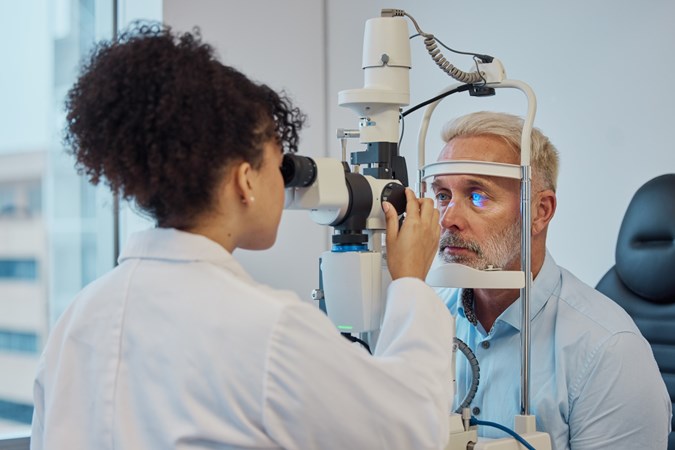
Declarable conditions include diabetes, sleep apnoea, glaucoma, epilepsy and dementia. It could also be the case that someone has become unable to drive safely as they’ve got older. Note that, in many cases, people who develop declarable conditions can continue driving once they have medical clearance to do so. Failure to declare a condition can result in a £1,000 fine.
Driver’s who develop such a condition are encouraged to declare it voluntarily, or even surrender their license entirely. But many people are understandably reluctant to do so, for fear of losing their independence.
In those cases, it is possible declare a condition or surrender a license on their behalf. There are set procedures to go through, depending on the circumstances and conditions involved. It can be quite complex, so It’s best to contact the DVLA and ask how to proceed.
Is my dangerous driving report anonymous?
Reports of any offence – including dangerous driving – are taken in the strictest confidence. You will, however, be asked for your contact details in case the investigating officers want to get in touch. As an eyewitness, you may also be asked to appear in court, but you’re under no obligation to do so.
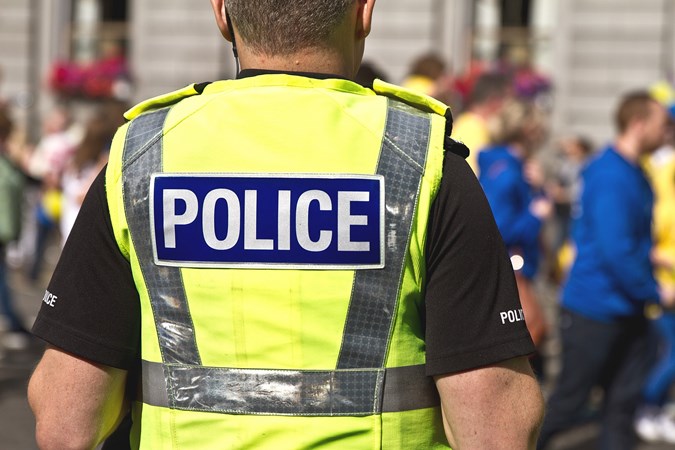
Once you’ve made a report about dangerous driving, the relevant force passes it onto the Road Policing Unit which will decide if further action needs to be taken. The driver could be pulled over if a patrol sees them on the road, they could be visited at home, at the very least they’ll receive a letter telling them a report was made.
What’s the penalty for dangerous driving?
The penalty given for dangerous driving depends on the severity of the offence, and whether the driver has a history of it. The minimum penalty is three to 11 penalty points and an unlimited fine. Judges can also stipulate that the driver has to undertake extra training at their own expense.
More serious offences can result in being banned from driving – also known as disqualified – for at least two years. It might also be necessary to take a driving test before a new license can be obtained.
In the very worst cases, dangerous driving – and careless driving, for that matter – can result in an innocent road user being injured or killed. In such cases, the driver likely faces imprisonment for up to 14 years.






















